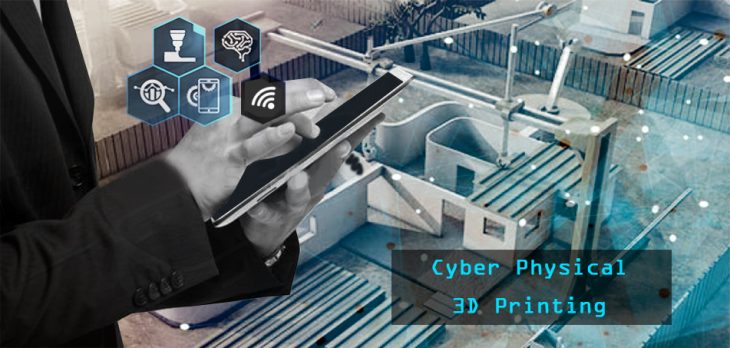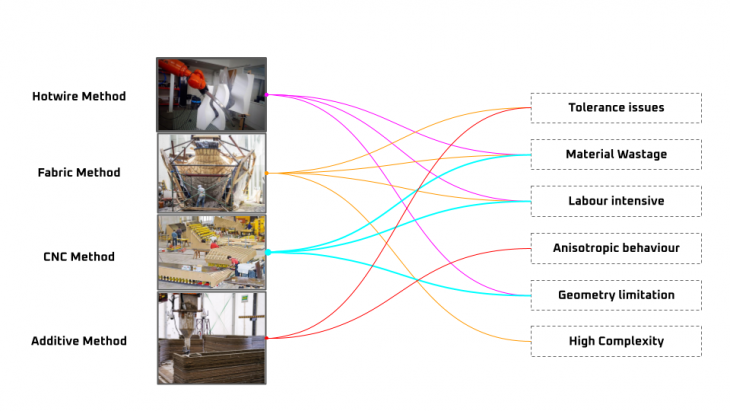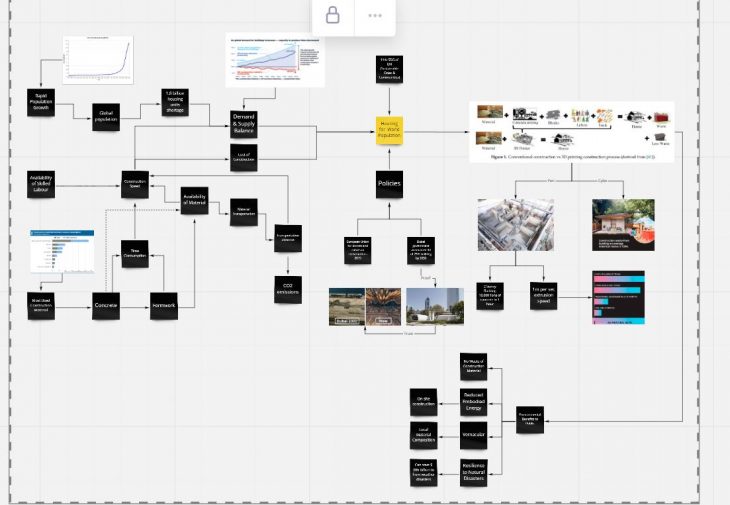Cyber Physical 3d Printing (Impact & Economics)

Due to the rapid population growth the demand for housing is increasing rapidly and if we look in the history the industrial revolution, then to fulfilled demand of housing, mass production of housing was done but the impacts on environment and society were not calculated so now the demand is much more higher and we need to calculate the impacts of it so the future generations do not suffer.
Technologies Comparison for Fabrication and Construction
As we need the faster way of construction but with little impact on environment so the material wastage should be less and speed of product faster. Main method for digital fabrication involves subtractive or additive process. In susbtractive the yield lesser than the additive process because there is lot of material wastage in the process where as in additive approx. all the material is utilized and thus no environmental impact in terms of resource wastage. If we look in terms of labor requirement then also bigger project with additive process can be executed with short team.

Impact Mapping
In this impact map the conventional construction and additive construction methods are compared and also the policies which are pushing the additive construction. Each year with conventional construction method 4ton of waste is generated in each house construction of US. Carbon Emission are decreased with on site additive construction due to decrease use of transportation by local material adaption.
The announcement of Dubai government to build 25% of the building with additive construction by 2030 is an ambitious target and is making a new opportunity in the market for construction industry to evolve.

Cyber Physical 3d Printing (Impact & Economics) is a project of IaaC, Institute for Advanced Architecture of Catalonia developed at the MRAC-02 program in 2020/21 by:
Research Student: Mansoor Awais
Tutor: Gonzalo Delacámara